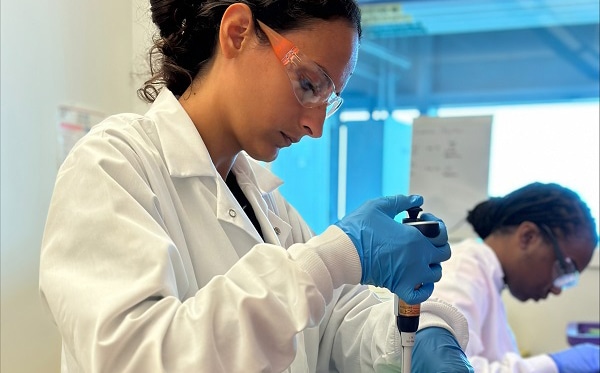At a glance
The mosquito is the world’s deadliest animal. Spreading diseases like dengue, West Nile, Zika, chikungunya, malaria, and lymphatic filariasis, the mosquito kills more people than any other creature in the world. CDC is committed to providing scientific leadership in fighting these diseases, at home and around the world.

Background
Mosquitoes are common flying insects that live in most parts of the world. Over 3,700 types of mosquitoes can be found worldwide.
Some mosquitoes are vectors. A vector is an animal, like an insect or tick, that spreads germs to people or animals that can make them sick.
Preventing mosquito-borne diseases
Malaria
Malaria continues to be a leading cause of preventable illness and death in the world, resulting in nearly 263 million cases and 597,000 deaths across 83 countries in 2023. Nearly 3.2 billion people of the world's population is at risk of this preventable disease.
CDC has a long history of collaboration with Ministries of Health and other partners to fight malaria. Since 2000, CDC and partners have saved nearly 12 million lives and prevented over 2 billion malaria infections. CDC's key contributions in global malaria efforts include monitoring and evaluation, surveillance, entomologic and laboratory support, and capacity strengthening for national malaria programs, including for malaria case management.
Emerging threats continue to pose ongoing challenges to the elimination of malaria, including drug and insecticide resistance, invasive mosquito species, severe weather events, and limitations of rapid diagnostic tests.
CDC helped eliminate malaria as a major public health problem in the United States in the early 1950s. The United States reports about 2,000 cases of malaria in a typical year. Most of these cases are people traveling to areas where malaria continues to spread and then returning to the United States. Anopheles mosquitoes capable of transmitting malaria exist throughout the United States, making malaria a risk to Americans.
West Nile
West Nile virus disease (West Nile) is caused by a virus that is found in the United States and many other places in the world. West Nile is the leading cause of mosquito-borne disease in the contiguous United States. Each year, about 2,000 people get sick, including more than 1,200 severe, life-threatening illnesses and more than 120 deaths.
Dengue
Dengue is a common disease in many countries globally, including the Americas, Africa, the Middle East, Asia, and the Pacific Islands. Almost half of the world's population, about 4 billion people, live in areas with a risk of dengue. Dengue is often a leading cause of febrile illness in areas with risk.
Chikungunya
Chikungunya virus disease (chikungunya) cases and outbreaks have been identified in more than 100 countries in the Americas, Africa, Asia, Europe, and the Indian and Pacific Oceans. Find more information on countries with current outbreaks or that have increased risk of exposure to chikungunya virus.
Zika
Zika virus disease (Zika) cases and outbreaks have been reported in areas of Africa, the Americas, southern Pacific, and western Pacific. Infection during pregnancy can cause serious birth defects. Check for countries and territories at risk for Zika before making travel plans.
Lymphatic filariasis (LF)
Lymphatic filariasis (LF) is a parasitic disease transmitted through mosquito bites and causes serious disfigurement and disability. Globally, it is estimated that at least 51 million people in 44 countries are infected with LF.
Revolutionizing Malaria Detection: CDC’s Portable Assay

The invasive Anopheles stephensi (An. stephensi) mosquito poses a huge risk to global progress against malaria because it thrives in urban environments, is resistant to common insecticides, and can transmit malaria year-round. However, An. stephensi can be difficult to distinguish from other mosquitoes, making it tough for scientists to track its spread. Previously, there were no easily accessible molecular tools to rapidly detect invasions of An. stephensi. In 2023, a CDC team of experts created an innovative, simple, and accessible assay to identify An. stephensi in the field.
The team worked tirelessly to get the assay right—rearing mosquitoes, conducting DNA extraction, analyzing PCRs and gels, and testing with different reagent concentrations at different times and temperatures. The result is known as the CLASS assay, and it can be used anywhere, without the need for a full molecular laboratory or highly trained molecular biologists. The CLASS assay not only helps with early detection and accurate identification of An. stephensi, but also helps national malaria programs to understand the changing malaria landscape and how to best prepare and rapidly respond.
